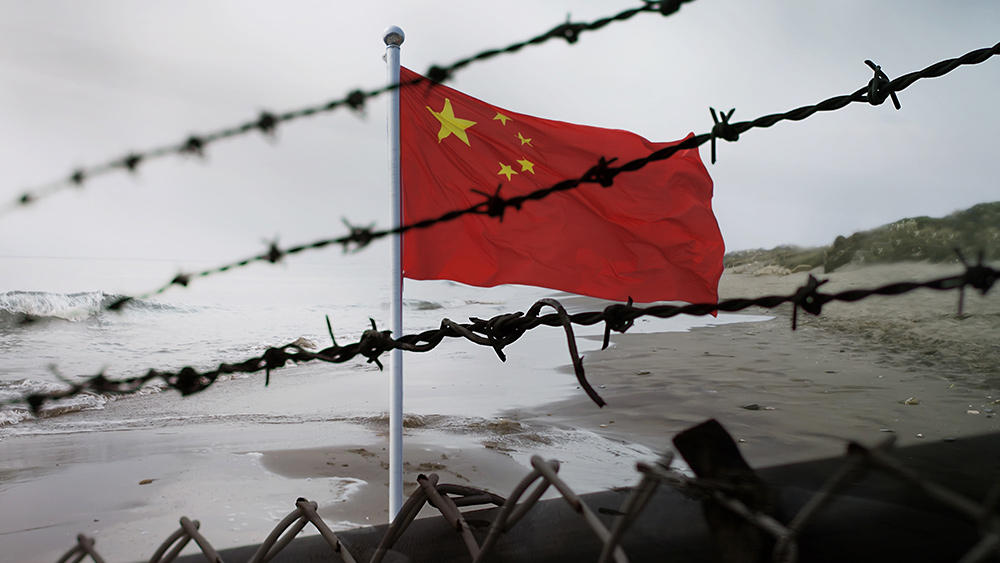
According to Qiu Haibo, an expert in critical care medicine who is part of the National Health Commission expert group, the virus found in patients in the provinces of Jilin and Heilongjiang was unique, in that its incubation period was longer compared to that of the patients in Wuhan.
In addition, Qiu noted that while Wuhan’s patients suffered severe lung, myocardial, renal and intestinal damage, the cases in China’s Rust Belt mainly showed lung damage, with very slight damage to the heart, kidney or intestines.
The Rust Belt cases too, were largely asymptomatic, in the sense that they did not manifest any elevations in their temperature and only exhibited minor symptoms such as sore throats and fatigue.
“This causes a problem, as they don’t have any symptoms. So when they gather with their families they don’t care about this issue and we see family cluster infections,” Qiu told state broadcaster CCTV, Tuesday.
Qiu, in his interview, said the strain of the virus found in the Rust Belt clusters was probably imported from abroad, which could explain the differences between the Wuhan and Jilin cases.
According to authorities, the first case of infection was reported early this month in Jilin Province, which borders Russia and North Korea. This infection then spread to the cities of Jilin, Shulan and Shengyang.
State media Xinhua, meanwhile, reported that the province logged a total of 135 confirmed locally transmitted cases, of which 108 had been discharged. Twenty-five individuals, as per local media, are still hospitalized. (Related: New coronavirus strain may be emerging and causing survivors to get REINFECTED.)
As a response to the new cases, Chinese President Xi Jinping has called for strengthened measures to contain the infection, including the halting of public transport services, the sealing off of residential compounds in some of the cities in the region, and the creation of an emergency response team.
Five hundred medical professionals have also been tapped to help address the outbreak, as confirmed by Liu Qizhi, director of the Jilin municipal health authority.
Experts confirm: Coronavirus may be mutating
Perhaps due to intensified worry and speculation over a second wave of potentially fatal coronavirus infections, public speculation on coronavirus mutations have since flooded the internet.
Experts, however, say this fascination with viral mutations may be a case of much ado about nothing.
As with all known viruses, it is normal for the coronavirus to change and mutate, according to Nels Elde, an associate professor of human genetics at the University of Utah.
“Viruses mutate. That’s one of the things that makes them such a successful entity,” Elde said in an interview with ABC News, noting that because viruses are constantly copying themselves, it is inevitable for some of its copies to manifest random mistakes or mutations.
“The word ‘mutation’ to people means something bad because it’s got that connotation to it,” Vincent Racaniello, a professor of microbiology at Columbia University Medical Center, noted.
According to Racaniello, “mutation” in the context of viruses simply means a change in their genome sequence.
“It doesn’t mean that it’s necessarily bad for you at all,” Racaniello said.
Keiji Fukuda, director and clinical professor at the University of Hong Kong’s School of Public Health, had the same sentiment, noting in an interview with Bloomberg that while some changes in the genetic structure can, in theory, lead to changes in the virus’s structure or its behavior, many mutations lead to no actual and discernible changes at all.
Lucy Van Dorp, a research associate with the University College London’s Genetics Institute, meanwhile, noted in an interview with Al Jazeera that while 198 mutations of the virus have been found so far, the vast majority of mutations in the SARS-CoV-2 genome are likely to be neutral or without impact.
As of press time, the coronavirus has infected 5,127,125 and killed 333,398 according to data from Johns Hopkins University.
Sources include:
Please contact us for more information.























